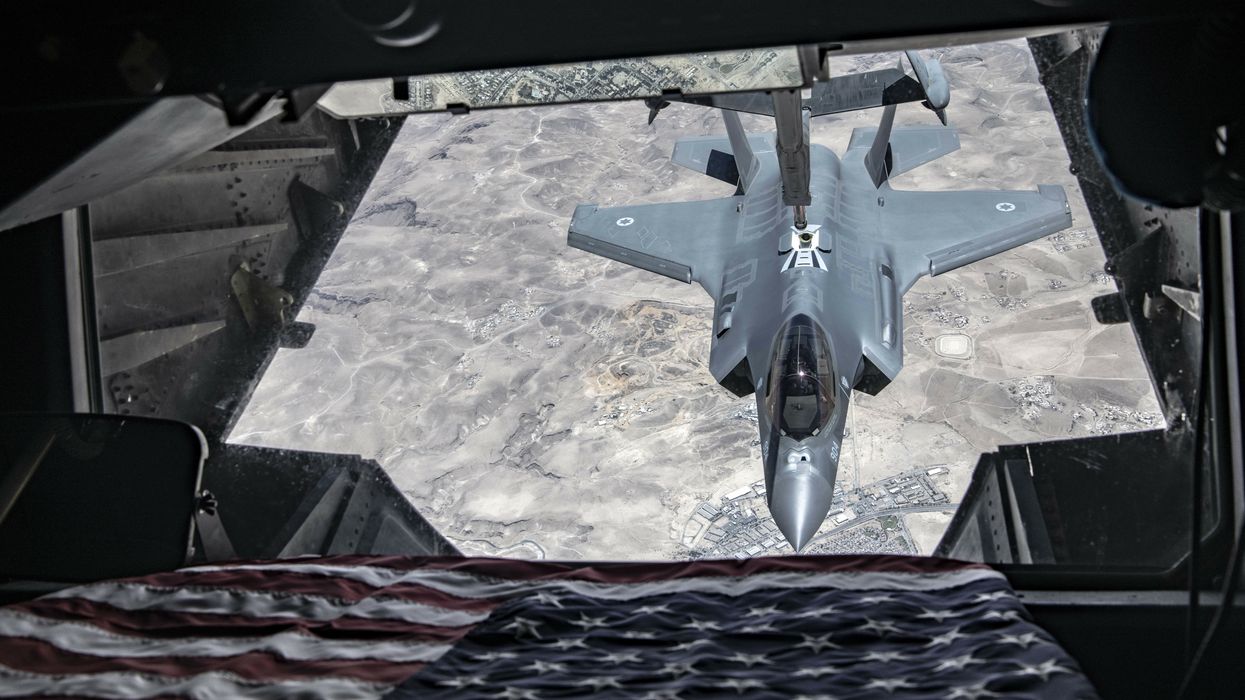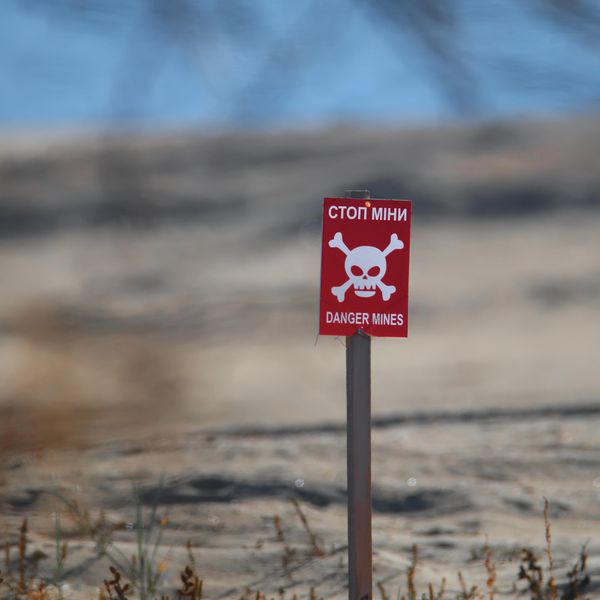Just when it looked like we could take a breather in the South China Sea, it turns out we cannot. Three new collisions were reported between Chinese and Filipino coast guard vessels on August 19. Two Filipino craft were damaged in the incident, with any effects on the Chinese ships as yet unknown.
Predictably, China and the Philippines accused each other of being responsible, with Manila also threatening to lodge a case.
The latest incident was not as bad as the clash on June 17, when Chinese vessels attacked vessels carrying Philippine sailors delivering supplies to their fellow soldiers stationed precariously on a rusting ship on the contested Second Thomas Shoal. In that clash, Chinese coast guard personnel forcibly boarded Philippine craft and eight Philippine naval crew were injured, one seriously.
The June 17 incident led to bilateral talks and a “provisional” agreement between Manila and Beijing. This turned out to be only a temporary respite. Barely had the ink dried on the deal, when its details were disputed by both sides. The agreement was followed by a incident-free resupply mission, but interpretations of this success too differed sharply. Most recently, Manila stated that the agreement could be reviewed.
Beijing has consistently insisted that while the Philippine military position on the Second Thomas Shoal (known as Ayungin Shoal in the Philippines and Renai Reef in China) could be supplied with “living necessities,” any materials or equipment to strengthen the beached ship could not be permitted. Manila, with a 2016 international tribunal ruling at the Hague in its favor, has maintained its absolute legal right to unimpeded access to the shoal and surrounding waters.
China’s obsession with restricting Philippine activity in the tiny Second Thomas Shoal is provocative, irrational, and hard to explain.
The current clash took place not at the Second Thomas Shoal, but near Sabina Shoal, located nearly 30 nautical miles closer to the Philippines shoreline. The two Philippine craft were laden with supplies to troops based in the Lawak and Flat islands, which are under Manila’s military control. The Sabina Shoal clash was preceded by another incident, this time involving aircraft, over the skies of Scarborough Shoal, another long-disputed feature, and the site of a tense 2012 standoff.
Thus, while the Second Thomas Shoal remains central to China-Philippines tensions and Scarborough Shoal has always been in play, serious incidents are now occurring elsewhere as well. In the coming weeks and months, similar clashes could spread further, perhaps even near places such as Thitu Island, where a much larger Philippine military contingent guards a small civilian population.
But expanding geography is only one sign that the test of wills in the South China Sea may not ease anytime soon. Manila, having long accused Beijing of environmental destruction in its waters, is now seriously considering lodging a second case at the Hague tribunal against China. While Beijing boycotted and heavily criticized the 2016 case but did little else, this time may be different.
The Philippines is also debating lifting a moratorium on oil and gas exploration in the waters (though reports it had already done so were subsequently denied.)
Meanwhile, Washington, while correctly backing its oldest ally in Asia in the latest incident, is expanding its military footprint in the Philippines in ways that raise Chinese insecurities on Taiwan, a core issue for Beijing. The United States is also joining up with a raft of allies, including those beyond the region such as Canada, to conduct joint military patrols in the fraught seas. But it is in nobody’s interest for the already worrying bilateral contest to escalate into a great power crisis.
- Could a US-China War Begin over the Philippines? ›
- US policies pushing China, Philippines to brink of conflict ›
- US should stay out of China-Philippines sea skirmishes | Responsible Statecraft ›
















